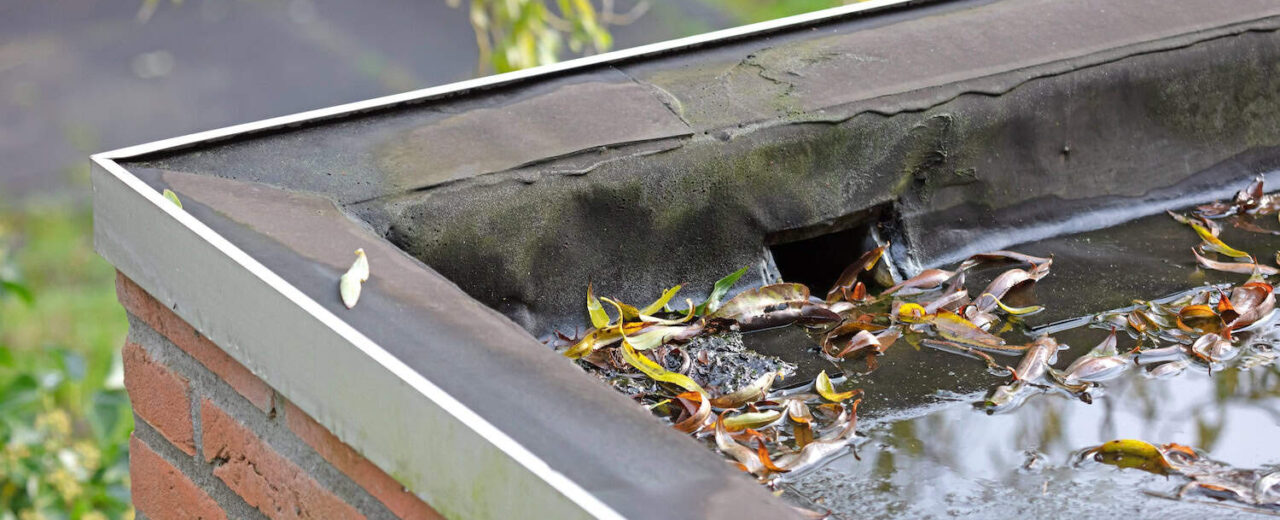Understanding Roof Slope and Water Drainage: Why It Matters for Your Roof’s Health
When it comes to protecting your home, your roof’s slope is more important than you might realize. Roof slope, also known as “pitch,” directly impacts how water drains from your roof, influencing everything from your roof’s lifespan to your risk for leaks and water damage.
What is Roof Slope?
Roof slope refers to the steepness or angle of your roof. It’s typically expressed as a ratio, such as 4:12, meaning the roof rises 4 inches for every 12 inches of horizontal run. Steeper slopes are common in areas with heavy rain or snow, while low-slope or flat roofs are often found in dry climates or on modern architectural styles.
Why Roof Slope Matters for Water Drainage
The primary job of your roof is to shed water efficiently. A properly designed slope ensures rainwater and melted snow can drain off your roof quickly, preventing water from pooling. When water pools on your roof, it can lead to:
- Shingle deterioration
- Roof leaks
- Structural wood rot
- Mold and mildew growth
- Ice dam formation during winter
If water drainage is slow due to an inadequate slope, your roof becomes vulnerable to these issues, which can potentially lead to expensive repairs.
Types of Roof Slopes and Drainage
- Low-Slope Roofs (2:12 to 4:12): These roofs require carefully designed drainage systems, such as internal drains or tapered insulation, to prevent the accumulation of standing water.
- Medium to Steep-Slope Roofs (4:12 and above): Water naturally drains off these roofs more efficiently, reducing the risk of water pooling. However, valleys and clogged gutters can still cause localized drainage issues if not maintained.
- Flat Roofs (less than 2:12): Despite the term “flat,” these roofs still have a slight slope to guide water toward drains. Special membranes and drainage planning are essential for water management on flat roofs.
Common Water Drainage Issues
Even with the correct slope, drainage issues can occur due to:
- Clogged gutters and downspouts
- Debris buildup in valleys
- Poor flashing installation
- Sagging roof areas from structural issues
Routine roof maintenance, including cleaning gutters and inspecting for damage, helps ensure that water drains properly from your roof.
Why This Matters for Homeowners
Poor drainage is one of the top reasons for premature roof failure. Water that doesn’t drain properly will seep under shingles or flashing, leading to leaks and potential damage to your attic and interior walls.
By understanding your roof’s slope and maintaining a clear drainage path, you can:
- Extend the lifespan of your roof
- Reduce the risk of leaks and water damage
- Protect your home’s structure and insulation
- Avoid costly emergency repairs
Final Thoughts
Your roof’s slope isn’t just an architectural detail; it plays a critical role in protecting your home from water damage. If you’re noticing water pooling on your roof or signs of leaks inside your home, it may be time for a professional inspection.
At The Roofing Center, we help homeowners evaluate their roof’s drainage and address issues before they become costly problems. Contact us today to schedule your Peace of Mind Roof Inspection and ensure your roof’s slope and drainage are functioning correctly to protect your home.


